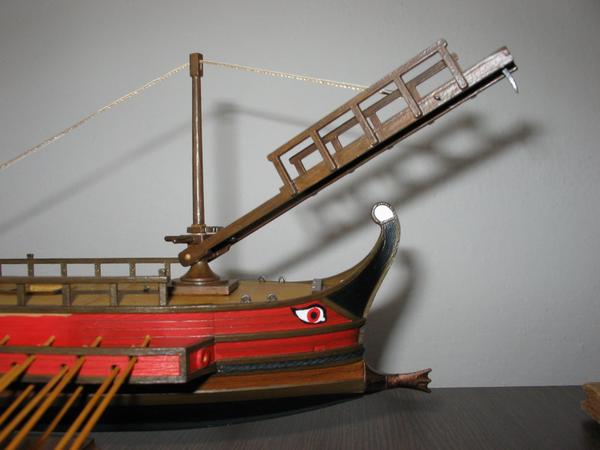268-267 BC
In 268 BC, Egypt agrees to my proposal regarding Illyricum. I begin war preparations against Dalmatia by first breaking my alliance with them. I also begin moving my Hispania invasion force to the west coast of the peninsula for embarkation (Image 82).
Image 82. Army Maneuvers, 268 BC

I also institute some reforms to reduce my government age and decadence. (Image 83).
Image 83. State Reforms

Finally, although I don’t need additional manpower, I sell more metal to increase my manpower reserve. I do this because my manpower, metal and treasury reserves are visible to the other players. Because we are beginning to diplomatically interact more, I want them to see Rome’s economic wealth.
Reviewing Rome’s economic situation relative to the other players shows it is in a secure, but not leading position. The table below compare land power (LP), naval power (NP), gold, manpower (Man) and metal wealth of the human players. The growth rates per turn are in parenthesis:
Nation LP NP Gold Man Metal
Lysimachides 40 0 500(+80) 10(+20) 600(+20)
Egypt 450 350 2500(+300) 1500(+300) 500(+70)
Rome 284 67 762(-106) 607(-2) 590(+27)
Antigonids 600 100 1000(0) 700(+70) 3000(+150)
Arverni 175 0 350(+60) 200(+20) 250 (+30)
Carthage 200 225 1500(+250) 900(+90) 250(+10)
In terms of Legacy, Rome has 358 Legacy points, putting it in 5th place, behind Carthage (361); Antigonids (637); Arverni (719) and Egypt (785).
The Diplomatic interaction between the players increases this turn. The Arverni attack the Aedui, one of my allies. I’m not particularly concerned about this Gallic squabble, but it gives me a diplomatic opening to make a friend out of the Arverni. I am definitely interested in their friendship, because I think I may need their help in Hispania should Carthage and Rome come to blows. Because I want to cultivate a positive relationship, I inform him he has attacked one of my allies, and propose a possible exchange of provinces. I am curious to see how he responds (Image 84).
Image 84. Chat log 268 BC

In 267, the map of the Mediterranean shows a steady Carthaginian advance up Hispania (Image 85). I’m not sure my invasion army can get there before the coastline in Carthaginian. I also begin the war against Dalmatia, opting to first take the take the Dalmatian silver mines in Oenus, before recapturing Illyricum for the Egyptians.
Image 85. The Geopolitical Situation in the Mediterranean, 267 BC

One bit of good news is that the Corvus becomes available to me (Image 86).
Image 86. The Corvus Decision

This is an interesting device invented by the Romans. It is an excellent example of practical engineering. Rather than spend a lot of time and money trying to improve their inept navy, Rome invented the Corvus, a device that essentially was a grappling bridge, allowing the excellent Roman troops to board enemy ships, effectively converting a naval battle into a land battle (Image 87).
Image 87. Model of a Corvus

Aside from giving Rome 150 legacy points, it improves the combat ratings of Roman ships, making them superior to Carthaginian vessels of the same size. This will go a long way to making the Roman fleet capable of taking on the Carthaginian navy. At 1350 gold it is expensive, but the capabilities it will provide are easily worth the cost. Although I cannot buy it yet, I should be able to get it in about three turns.





